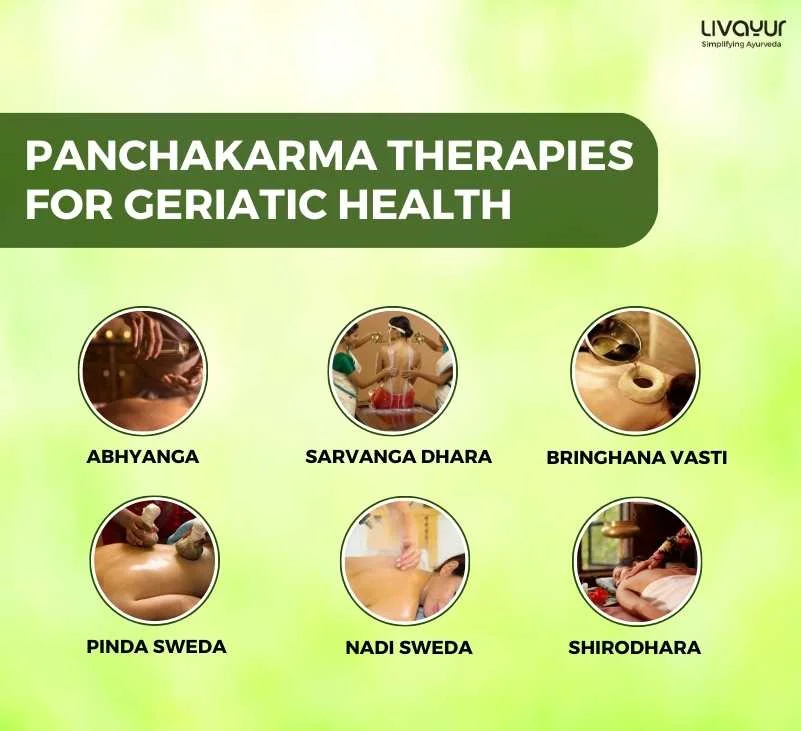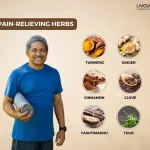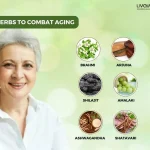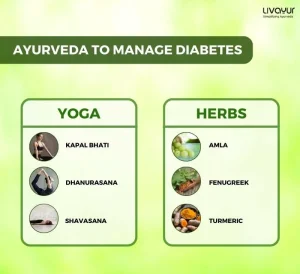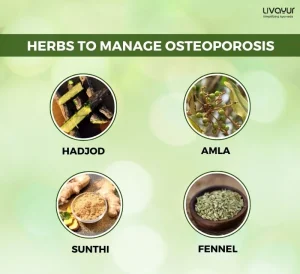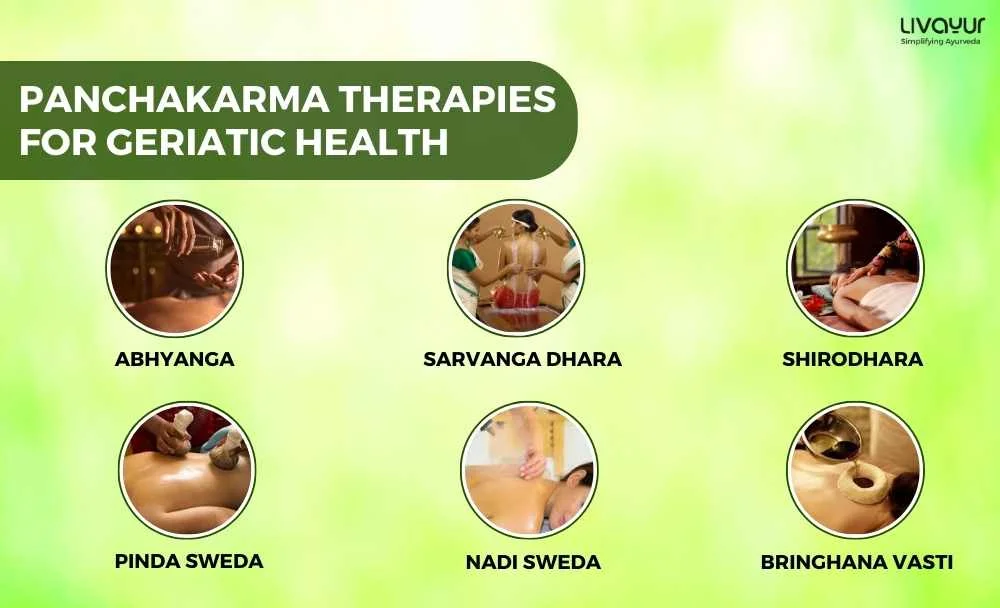
Geriatrics refers to a branch of medicine dedicated to meeting the special healthcare requirements of the elderly. According to Ayurveda, Vriddhavastha, or the later stage of life, starts at the age of 60. As the growth, development, and maintenance of the body depend on four main factors: time, nature, diet, and the absence of disruptive factors that affect stability of the body, early adoption of a healthier lifestyle will assist in minimising the risks of developing chronic illnesses. Through specific Rasayana (rejuvenation) and Panchakarma procedures as well as dietary and lifestyle adjustments, Ayurveda can help in healthy ageing and promote the nourishment of the body and mind.
Indigestion
Dyspepsia, or the inability to properly digest food, affects a large percentage of elderly adults due to their decreased digestive enzyme output, saliva production, slowed gastric emptying, and reduced chewing. Easily digestible light meals, routine practice of Vajrasana after food, and reduction in intake of tea, coffee, smoking, greasy, and spicy food items are recommended. Various herbal remedies for dyspepsia, including Deepana and Pachana, are Hingwastak Churna, Ajmodadi Churna, Lavanbhaskar Churna, Shivakshara Pachana Churna, Hingwadi vati, Shankha vati, Gandhak vati, Chitrakadi vati, Agnitundi vati, Kumaryasava, and Jeerakadyarista.
Constipation
Constipation is similar to the Ayurvedic condition, Vibandha, resulting in fewer bowel motions, firm stools, painful defecations, bloating, abdominal discomfort. This is a common geriatric condition due to dietary changes that result in inadequate fibre and fluid consumption, medicines, and/or decreased movement and intestinal motility. The prevention of this ailment lies in the consumption of a high-fibre diet that emphasises fruits, greens, and other vegetables, intake of fluids and engaging in regular exercise. Furthermore, medications used to treat constipation include Isabgol, Triphala Churna, Haritaki Churna, Avipattikar Churna, Panchsakar Churna, Abhyarista, Kumaryasava, Eranda Taila, and Eranda Paka.
Hypertension
Hypertension refers to a medical condition that causes excess and constant elevation of blood levels. Inadequate management of hypertension increases the risk of heart failure, nephropathy, retinopathy, myocardial infarction, and cerebrovascular accidents. Studies have shown that Takradhara and Shirodhara are excellent treatments for hypertension while Sarpagandhachurna, Arjuna Churna, Sarpagandhaghan Vati, Brahmi Vati, Punarnava Mandoora, Mansyadi Kwatha, Arjuna Ksheerapaka, and Arjunarista also play a major role. A change in lifestyle, such as avoiding excess salt and fat in one’s diet, exercising frequently, practising certain yoga poses, pranayama, and meditation are also known to help.
Depression
Depression is a common disorder in the elderly leading to a lack of interest, low self-esteem, low appetite and more. Patients who are depressed can elevate their mood with the use of Vajikarana medications, Snehapana, Shirodhara, Takradhara (with vacha, jatamansi, mustaka, and aamalki), as well as Ashwagandha Churna, Kapikacchu Churna, Vacha Churna, Manasmitra Vataka, Brahmi Vati, Smritisagar Rasa, Vatakulantaka Rasa, Krauncha Paka, Mansyadi Kwatha, Tagaradi Kwatha, Ashwagandharista, and Saraswatarista. Additionally, along with meditation, other practices such as Suryanamaskar, Anuloma-Viloma, and Kapalbhati pranayama can also be used to fight depression.
Insomnia
Categorised as Nidranasha in Ayurveda, insomnia can cause extreme exhaustion, anxiety, depression, and a lack of focus. Modifications to one’s lifestyle, such as taking a warm bath, evening walks, buffalo milk before bed, meditation, and yoga poses like Shavasana, Yoga Nidra, Shiroabhyanga, and Padabhyanga help stimulate regular sleep. Shirodhara and Takradhara along with certain compounds such as Smritisagar Rasa, Brahmi Churna, Ashwagandha Taila, Sarpagandha Taila, Brahmi Vati, Sarpagandha Vati, Manasmitra Vataka, Mansyadi Kwatha, and Tagaradi Kwath are also known to greatly improve sleep patterns.
Osteoarthritis and Osteoporosis
Resembling Sandhigata Vata in Ayurveda, Osteoarthritis is the most significant contributing factor to locomotor impairment in the elderly. Swedana and Abhyanga are said to help in the strengthening of joints and reduction in discomfort and inflammation. Having showcased positive results, Janu, Greeva, Kati Basti, Guggulu, and Shallaki are also used in accordance with the implicated joints. Other herbal remedies such as Ashwagandha churna, Madhuyasti Churna, Shunthi Churna, Dashmula Kwatha, Maharasnadi Kwatha, Nirgundi Patra Kwatha, etc., also help in the decrease of the disease’s incapacitating effects. Regular light massages using medicinal oils, enough rest for the joints, weight loss, and external support from crepe bandages, knee caps, or anklets while walking is also highly effective in preventing the worsening of joint pain and stiffness.
Most common in women post menopause, Osteoporosis, similar to that of Osteoarthritis, is a characterised by low bone mass and micro architectural degeneration of bone tissue. According to Ayurveda, osteoporosis is associated with Asthi Dhatu Kshaya. Use of sesame seeds, milk, milk products, bananas, and other calcium-rich foods, walking, swimming, weight loss, mild exercises, routine joint massage with medicinal oils, and exposure to sunlight are all lifestyle changes that can help prevent osteoporosis. Snehana, Swedana, and Tiktadi Ksheera Vasti combined with Laxadi Guggulu, Aabha Guggulu, Mahayograj Guggulu, Trayodashang Guggulu, Praval Panchamrita, Mukta Pisti, Praval Pisti, Muktashukti Bhasma, Asthishrankhla Churna, Shatavari Churna, Ashwagandha Churna, Aamalki Churna, Guggulutikta Ghrita, Panchatikta Ghrita also strengthen bones and enhance joint performance.
Rasayana
Also known as Jarachikitsa, Rasayana is an embodiment of anti-aging methods and practices brought together through the science of nutrition, geriatric care, and rejuvenation. Rasayana, through the use of certain techniques, helps prevent diseases, extend lifespans, foster intelligence and memory, and delay the ageing process. Rasayana affects the core aspects of the body, improving digestion, absorption, metabolism, microcirculation, and tissue perfusion. Rasayana remedies include a wide variety of generic as well as disease-specific solutions for the elderly. To be administered with care, these treatments utilise a combination of drug-based and dietary therapy to help overcome illnesses. Having said that, Rasayana is more fruitful when preceded by Panchakarma (bio-purificatory therapy), leading to holistic geriatric care.
Panchakarma
Panchakarma is a radical technique of cleansing the body of any harmful waste through Ayurveda after its lubrication. The therapy serves as a comprehensive treatment with promotive, preventative, curative, and rehabilitative techniques in addition to being a prerequisite requirement for all therapeutic procedures and medications. Selected therapies, such as Abhyanga (medicated oil massage), Sarvanga Dhara, Nadi Sweda, Pinda Sweda, Shirodhara, Bringhana Vasti, Matra Basti, etc., may be recommended for geriatric care in order to slow the degenerative processes and enhance the quality of life. Regular and monitored use of these treatments are shown to go a long way in maintaining general health and wellness.
Ahaar
Daily intake of easy to digest fruits, vegetables, food, and liquids abundant in protein, minerals, and roughage is highly recommended. Various kinds of soups in combination with lentils and legumes are also particularly compatible with geriatric care. In addition to regular meals, consumption of Ayurvedic herbs and specialised Rasayana compounds, such as Ashwagandha, Triphala, Shatavari, Brahmi, Mandukaparni, Shankhapusp, Madhuyasti, Guduchi, Amalaki, and Pippali, is necessary for effective administration. Chyavanprasha, Brahma Rasayana, Aamaki Rasayana, Arjuna Kshirapaka, Rasona Kshirapaka, Shilajatu Rasayana, and Medhya Rasayana are some examples of compound formulations.
Vihaar
An active lifestyle is the key to a healthy body and mind. You can achieve the necessary standards by engaging in activities like stretching, walking, running, etc., as well as specific yoga postures created to address geriatric issues. Mentioned below are a few postures particular to geriatric health concerns.
Asanas: Surya Namaskar, Pavanamuktasana, Ardha Matsyendrasana, Bhujangasana, Pashimottasan, Vajrasana, Mandukasan, and Shavasana.
Pranayama: Nadisodhana, Kapalbhati, Bhramari, Neti, Bhastrika and Tratak.
Mudras: Khechari, Dharana, Dhyana, Swadhyaya and Iswara Pranidhana Mudra.
Vichaar
In the treatment of older people, a positive attitude is crucial. People can learn they are not alone by socialising with others their own age, stage of life, or possibly even with those facing similar health issues, leading to improved comfort and mindset both within and outside their homes.
Achar
Dincharya or daily routine is the most important aspect of geriatric care. A structured environment with regular sleep, mealtimes, food, relaxation techniques, music therapy, and other activities helps stabilise the body, promoting good health and longevity.
Ailments and limitations are a natural part of ageing. Even if they may not always be preventable, adhering to the aforementioned practices from a young age lowers the likelihood of contracting these illnesses and promotes the wellbeing of one’s body and mind. Having said that, let’s look at a few common geriatric conditions and corresponding Ayurvedic therapies to help with the same.




